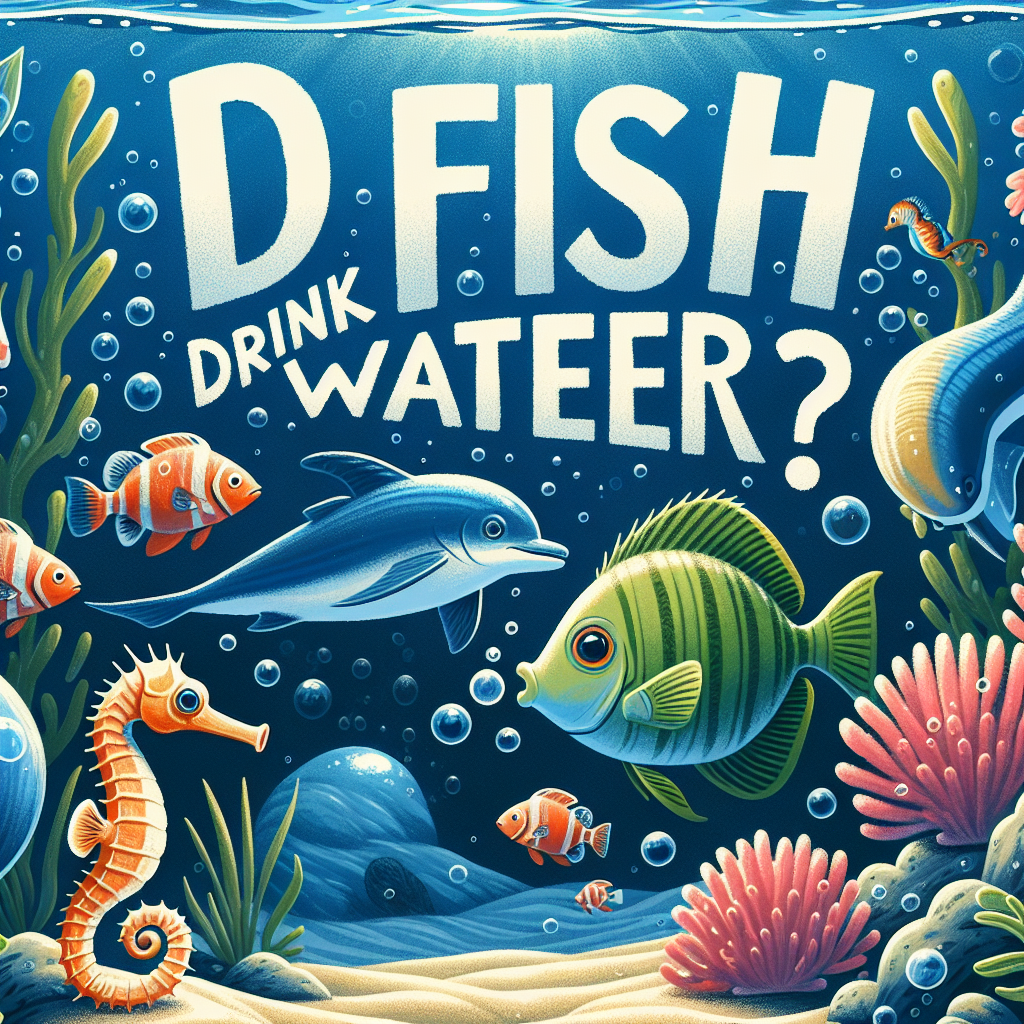Can Dogs Have Fish? Understanding the Benefits and Risks
When it comes to the canine diet, many pet owners may wonder if adding fish to their dog’s meals is a good idea. Fish can be a healthy source of protein and essential fatty acids for dogs, but it’s important to consider the type of fish, preparation methods, and the overall diet of your furry friend. Let’s dive into the details.
Nutritional Benefits of Fish for Dogs
-
High-Quality Protein: Fish is a great source of lean protein, which is crucial for building and repairing tissues in dogs. This protein source is especially beneficial for active dogs and those recovering from injury.
-
Omega-3 Fatty Acids: Fish, particularly fatty fish like salmon and sardines, are rich in omega-3 fatty acids. These essential fats help promote healthy skin and a shiny coat, support joint health, and contribute to overall cardiovascular function.
-
Vitamins and Minerals: Fish is packed with essential vitamins and minerals, including vitamin D, B vitamins, selenium, and iodine, which contribute to various bodily functions and overall health.
- Potential Anti-Inflammatory Properties: The omega-3 fatty acids found in fish can help reduce inflammation, which can be beneficial for dogs suffering from conditions such as arthritis or skin allergies.
Types of Fish Safe for Dogs
While fish can be a healthy addition to your dog’s diet, it is essential to choose the right types and prepare them safely:
-
Salmon: Rich in omega-3 fatty acids, salmon is a popular choice. However, it must be cooked to kill harmful parasites and bacteria.
-
Sardines: These small fish, often found canned in water, are safe for dogs and offer similar nutritional benefits.
-
Whitefish: Cod and haddock are lean, white fish that are also safe when thoroughly cooked.
- Trout: Another protein-rich option, trout is safe for dogs to eat when cooked properly.
Fish to Avoid
Not all fish are safe for canine consumption. Here are some types you should avoid:
-
Raw Fish: Raw fish can harbor parasites, particularly in salmon (such as salmon poisoning disease), and should always be cooked before feeding to dogs.
-
Certain Fish High in Mercury: Fish species known for higher mercury levels, such as shark, swordfish, and king mackerel, should be avoided, as prolonged exposure to these toxins can be harmful to your dog’s health.
- Fish with Bones: Always remove bones from any fish before feeding it to your dog. Fish bones can splinter and pose choking hazards or cause injuries to the digestive tract.
How to Serve Fish to Your Dog
If you decide to introduce fish into your dog’s diet, here are some tips for serving it safely:
-
Cooked, Not Fried: Always serve fish cooked, and preferably grilled, baked, or steamed. Avoid using any breadcrumbs, butter, or seasonings, as these can be unhealthy for dogs.
-
Moderation is Key: While fish is nutritious, it should not replace your dog’s primary source of protein. A balanced diet is crucial, so only feed fish occasionally as a treat or supplement.
-
Observe for Allergies: Like humans, dogs can develop allergies to certain foods. When introducing fish, do so gradually and watch for any adverse reactions, such as itching, gastrointestinal upset, or unusual behavior.
- Consult Your Vet: Always consult with your veterinarian before making significant changes to your dog’s diet, especially for dogs with pre-existing health conditions.
Conclusion
In moderation and with careful consideration of the type and preparation of fish, dogs can safely enjoy the nutritional benefits of this protein-rich food. Fish can be a delightful addition to their diet, offering an array of essential nutrients and promoting overall health. Pets thrive on variety, so as long as it’s balanced with other dog-friendly foods, fish can be a delightful treat for your furry companion. Always remember to prioritize your pet’s health by consulting with your veterinarian and observing any dietary changes they undertake.





